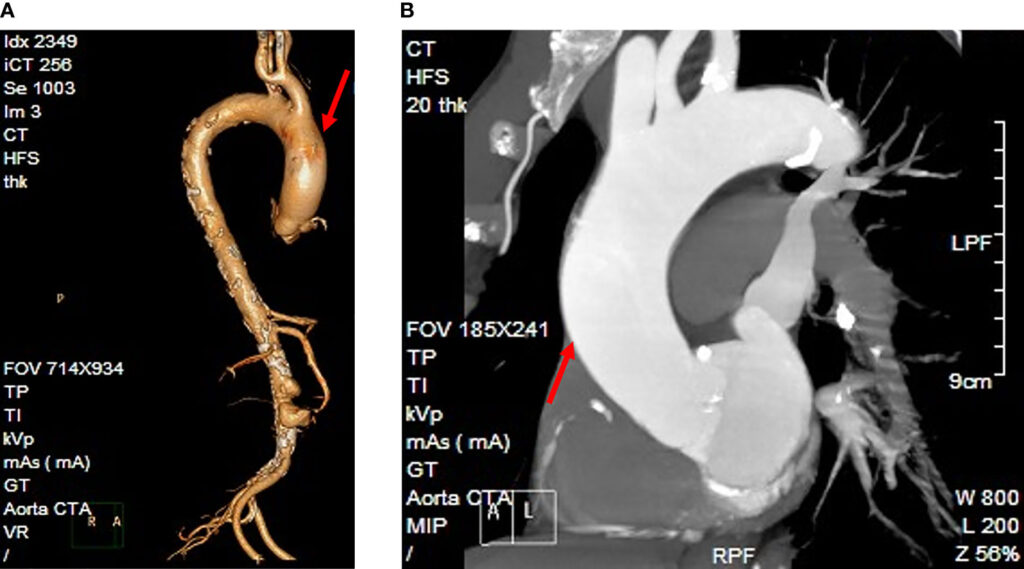Peptostreptococcus joint infection, a rare but significant cause of septic arthritis, arises from the infiltration of anaerobic gram-positive cocci into the synovial cavity. As a member of the commensal flora of the skin, gastrointestinal, and urogenital tracts, Peptostreptococcus spp. becomes pathogenic when introduced into sterile environments such as the synovial joint space, particularly following trauma, surgery, or hematogenous spread.
Unlike aerobic pathogens commonly implicated in septic arthritis, Peptostreptococcus poses unique diagnostic and therapeutic challenges due to its anaerobic nature, slow-growing characteristics, and potential resistance patterns.

Pathogenesis: How Peptostreptococcus Causes Joint Infections
Routes of Infection
The introduction of Peptostreptococcus spp. into the joint may occur via several mechanisms:
- Hematogenous Spread: Secondary to infections such as endocarditis or gastrointestinal sepsis.
- Direct Inoculation: Post-surgical contamination or joint aspiration.
- Contiguous Spread: Extension from adjacent osteomyelitis or cellulitis.
Once within the joint, Peptostreptococcus initiates an inflammatory cascade, recruiting neutrophils and releasing destructive enzymes that degrade synovial fluid, cartilage, and bone, resulting in joint effusion, erosion, and functional impairment.
Risk Factors for Peptostreptococcus-Induced Septic Arthritis
Several predisposing conditions heighten susceptibility:
- Prosthetic Joint Implants
- Immunocompromised States (e.g., HIV, malignancy, corticosteroid therapy)
- Rheumatoid Arthritis
- Diabetes Mellitus
- Recent Joint Surgery or Injections
- Polymicrobial Infections, especially involving anaerobes
Clinical Manifestations of Peptostreptococcus Joint Infection
The presentation of Peptostreptococcus septic arthritis mirrors that of classic pyogenic arthritis but may exhibit a more indolent course. Common features include:
- Localized joint pain and swelling
- Erythema and warmth over the affected joint
- Fever and chills (less pronounced than in aerobic infections)
- Restricted range of motion
- Purulent synovial fluid on aspiration
Monoarticular involvement is typical, frequently affecting the knee, hip, shoulder, or ankle.
Diagnostic Evaluation and Laboratory Analysis
Accurate and early diagnosis is critical to prevent irreversible joint damage.
Synovial Fluid Analysis
- Appearance: Turbid or purulent
- Leukocyte Count: Typically >50,000 cells/mm³ with >75% neutrophils
- Gram Stain: Often negative due to anaerobic growth requirements
- Culture: Requires strict anaerobic transport and incubation conditions
Blood Tests
- Elevated ESR and CRP
- Positive blood cultures in up to 20–30% of cases
Imaging Studies
- Ultrasound or MRI: To identify joint effusion or abscess
- X-rays: May reveal joint space narrowing or erosion in chronic cases
Microbiology and Identification of Peptostreptococcus
Peptostreptococcus species, including P. magnus (now Finegoldia magna), are:
- Gram-positive anaerobic cocci
- Non-motile and non-spore forming
- Slow-growing, often taking 3–5 days in anaerobic culture
- Occasionally misidentified or missed if aerobic culturing is used exclusively
Modern techniques like MALDI-TOF mass spectrometry and 16S rRNA gene sequencing enhance accuracy of identification.
Antimicrobial Susceptibility and Resistance Patterns
Peptostreptococcus demonstrates variable resistance to conventional antibiotics. Key points include:
- Sensitive to:
- Penicillin (though resistance is emerging)
- Metronidazole
- Clindamycin
- Beta-lactam/beta-lactamase inhibitor combinations (e.g., ampicillin-sulbactam)
- Resistant to:
- Macrolides
- Aminoglycosides
- Tetracyclines (in some strains)
Given the potential for polymicrobial infection, empirical therapy should cover both anaerobic and aerobic organisms until sensitivities are known.
Treatment Strategy for Peptostreptococcus Joint Infections
Empirical Antibiotic Therapy
Initial treatment should include:
- IV Clindamycin or
- IV Metronidazole + Ceftriaxone, or
- Piperacillin-tazobactam for broad-spectrum coverage
Duration of therapy ranges from 4 to 6 weeks, beginning with intravenous administration followed by oral agents as clinical improvement occurs.
Joint Drainage and Surgical Intervention
Effective source control is essential:
- Needle aspiration for small, uncomplicated effusions
- Arthroscopic lavage for moderate joint involvement
- Open surgical debridement in advanced or prosthetic joint infections
- Prosthesis removal may be required in chronic or recurrent prosthetic joint infections
Prognosis and Long-Term Outcomes
Prompt diagnosis and targeted therapy generally result in favorable outcomes. Delayed or inadequate treatment, however, may lead to:
- Chronic joint damage
- Osteomyelitis
- Functional impairment or joint ankylosis
- Recurrent infections, particularly in prosthetic joints
Prevention Strategies in High-Risk Populations
To mitigate the risk of Peptostreptococcus joint infection, the following precautions are advised:
- Prophylactic antibiotics during joint surgeries or dental procedures in prosthetic joint patients
- Strict aseptic technique during intra-articular injections
- Aggressive management of skin and soft tissue infections near joints
- Early evaluation of any unexplained monoarthritis, especially in immunocompromised hosts
Peptostreptococcus joint infections, though uncommon, are clinically significant causes of anaerobic septic arthritis. Their subtle presentation and diagnostic complexity necessitate a high degree of clinical suspicion. Through early identification, culture-specific antimicrobial therapy, and surgical management when required, most patients can achieve full recovery. In the context of rising antibiotic resistance and increasing use of prosthetic joints, understanding the role of Peptostreptococcus in joint infections is more critical than ever.